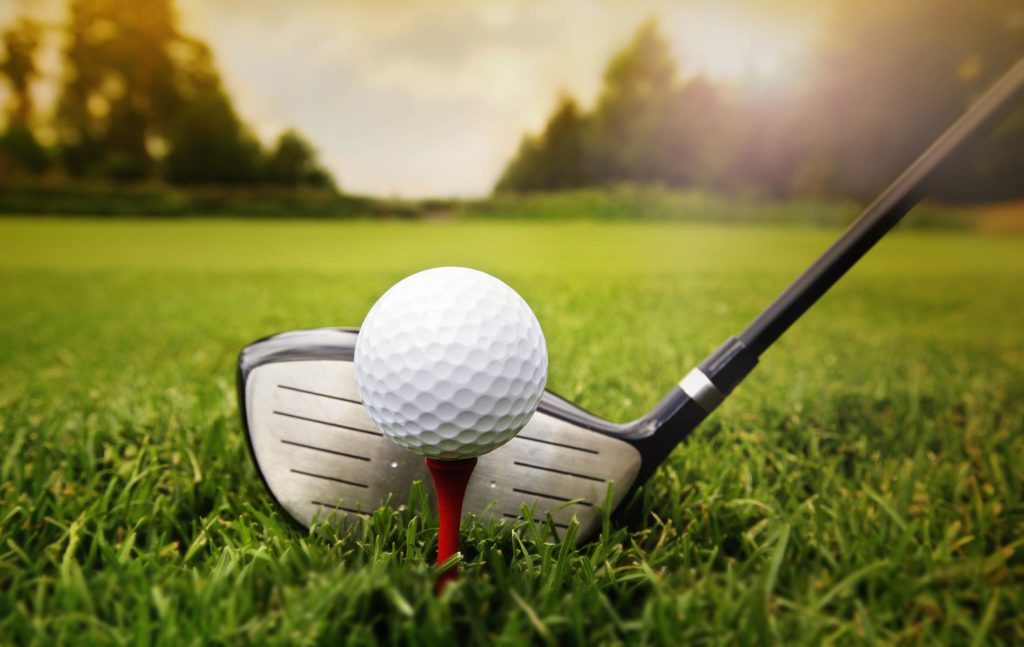
Golfer’s elbow is a condition that is often confused with tennis elbow, but this lesser known condition doesn’t just happen from playing 18 holes. Golfer’s elbow can impact anyone as a result of repetitive motions of the hands, wrists, or forearms. These repetitive motions include things like swinging a tennis racket or a hammer, turning a screwdriver, or even painting. Dr. Budler treats patients with golfer’s elbow in order to get them back on the green or doing the other activities they love.
Golfer’s elbow is a form of tendinitis. The repetitive motions behind the condition inflame the tendon that connects the forearm muscles to the elbow. This tendon gives you the ability to move your forearm- and rotate it, grip, or swing objects. These motions, when done over and over, wear down the tendon and cause microtears to form.
When this tendon becomes inflamed, moving the arm becomes painful. Patients with golfer’s elbow experience pain in the interior bony part of the elbow. The pain typically radiates down the forearm. This is different than tennis elbow, which is inflammation of the exterior part of the arm.
Symptoms of the condition include pain on the inside of the elbow, which worsens with movements like swinging objects, squeezing things, turning a doorknob, or flexing. Some weightlifters develop the condition as a result of frequent workouts or improper form. The pain of golfer’s elbow may develop quickly or come on slowly over time. Some patients also experience numbness in the forearm or in the fingers and stiffness. Golfer’s elbow patients also report feelings of muscle weakness or feeling that they cannot hold objects, like coffee cups or plates.
Patients that have golfer’s elbow can relieve their symptoms by taking a break from the activities that brought on their condition in the first place. Other self-care treatments include ice and over the counter pain relievers, like acetaminophen or NSAIDs, to reduce inflammation and allow the tendon to heal.
However, when the tendon is so aggravated that these therapies do not work, patients with golfer’s elbow should make an appointment with Dr. Budler in order to discuss their options for ultrasonic surgery using Tenex TX1. Using Tenex TX1, Dr. Budler removes the chronically inflamed tendon tissue, leaving healthy tissue intact. This is unlike traditional surgical options that remove both damaged and healthy tissue because physicians cannot distinguish between the two without Tenex. TX 1. Tenex TX 1 patients also heal more quickly than traditional surgery patients, and the results are of the procedure are permanent.
Think you’re experiencing golfer’s elbow? Call Dr. Budler at Advanced Radiology today 855.201.1519.
